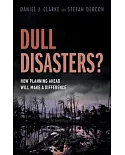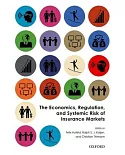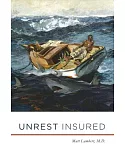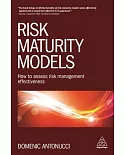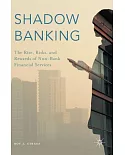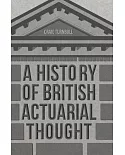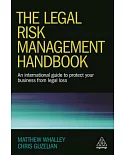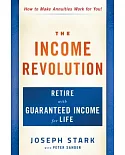It was intended to take on a life of its own and it has, but the transnational phenomenon known as the euro has become more than an indicator of the success of European integration. Mulhearn
and Vane (both economics, Liverpool John Moores U.) examine the origins of the euro and its links to post-World War II European integration, the first steps in the process of building an
integrated currency, the economics of the euro (including creating a European economic and monetary union and reducing costs through use of a common currency), the architecture of the euro in
terms of monetary policy, the effects of enlargement (using Denmark, Sweden and the UK as examples), euro-area enlargement and the accession economies, and the future of the euro. Includes
interviews with leading academics in the field. Serves intermediate undergraduate through first-year graduate students in economics, modern economic history, politics and international
relations. Annotation ©2008 Book News, Inc., Portland, OR (booknews.com)


